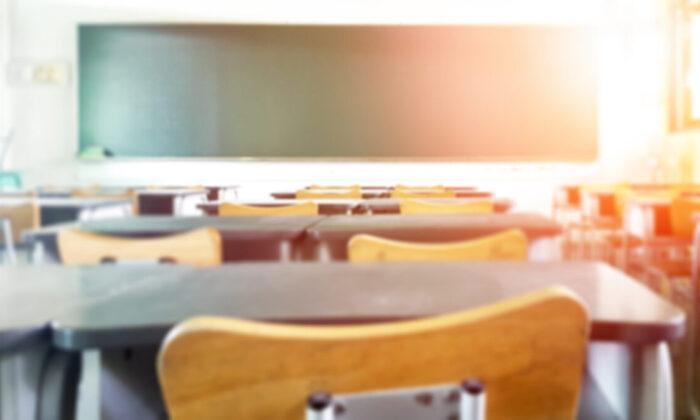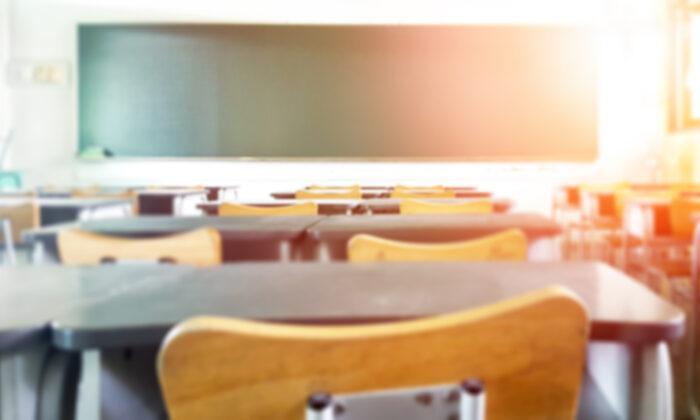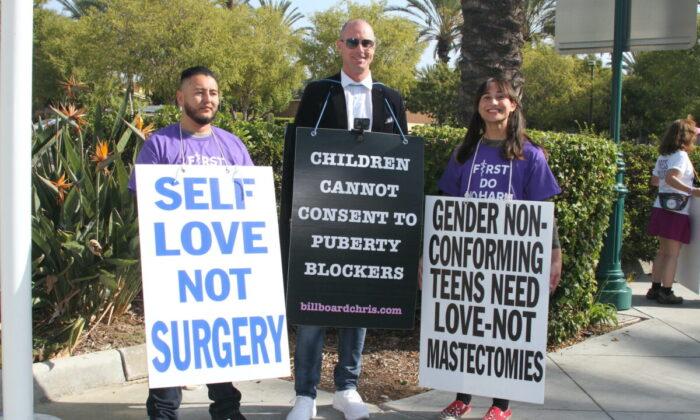Higher education—which is saddling students with enormous debt—is not adequately preparing the future workforce with the skills needed for today’s economy.
Commentary
The perceived value of higher education has been plummeting for years, yet tuition prices continue to rise at levels outpacing the increased career earning power in several fields. Combine the financial cost and the misalignment of college courses with the labor markets, and it’s no surprise that traditional higher education is on the decline.
Higher education enrollment has dropped by
3 million students since 2011. Between 2016 and 2022, the percentage of high school students matriculating to college
declined by 8 percent. As of 2023, only
17 percent of Americans had a “great deal” of confidence in higher education, while the majority, 66 percent, had only “some” or “very little.”
According to a
recent essay in The Wall Street Journal, “nearly half of parents say they would prefer not to send their children to a four-year college after high school, even if there were no obstacles, financial or otherwise.”
But it is not just parents who have reservations about the value of higher education. A
two-thirds majority of high school students believe “they will be just fine without a college degree.” However,
a quarter of high school students “cannot name a career they want.” They need what the Organization for Economic Corporation and Development describes as “exposure, exploration, and experience.”
Over the past several years, a major shift has occurred in the labor market, particularly as technology has rapidly advanced. However, educational pathways to high-demand careers have not kept up with the change. With only
62 percent of college students graduating within six years and a mere
40 percent graduating and securing a job in their degree field, college is not producing the educational pathway for most students who attend.
Yet, it is not just higher education that isn’t producing an acceptable return on investment for the majority of students. American K–12 public school children continue to lag substantially behind academically on the world stage. In the 2022 Program for International Student Assessment, based on 15-year-old high school students’ scores, the United States ranked
ninth among participating countries in reading,
16th in science, and
34th in math. This is despite K–12 public education’s spending nearly
$800 billion annually—more than $16,000 per student on average. The lack of global competitiveness among America’s upcoming generation has detrimental implications for the workforce, economy, society, and national security.
Public and parental concerns about K–12 public education have skyrocketed in the past few years. This was especially triggered as teachers’ unions locked children out of school in the name of safety, spanning three school years in some states, and parents had front-row seats in the remote class sessions. The staggering learning loss students experienced and the teaching of a far-left political agenda taking priority over academic content further exacerbated the increasingly dire situation.
Furthermore, K–12 student chronic absenteeism—when a student misses at least 10 percent of the school year—has reached record highs. Between 2018 and 2022, chronic absenteeism jumped from
15 percent of students to 28 percent. Among students with “low achievement,” the percentage is 36 percent. The prolonged school shutdowns communicated to stakeholders that K-12 schooling was “nonessential.”
The K–12 public school status quo fails to effectively educate most students in core academic learning. And, higher education—which is saddling students with enormous debt—is not adequately preparing the future workforce with the skills needed for today’s economy, which contains more specialized jobs.
Employers are experiencing the fallout and making hiring changes. A recent study found that in 2023,
55 percent of companies eliminated bachelor’s degree requirements for employment eligibility. Turning toward skills-based hiring, many now value experience over education.
Strategic change is long overdue. There is a significant need to redesign high schools. Imagine a high school that provides high-quality academic education for all its students, creates a learning environment where teenagers are engaged and motivated, and provides high-demand and high-growth industry-specific learning opportunities and skills development.
A college degree is not necessary for many jobs within the top growth industries in today’s labor markets, but industry-specific advanced training is required. Why not give students the opportunity to attend a high school that provides them with a hands-on learning experience, which will set them on a trajectory for post-high school success?
West Michigan Aviation Academy, now in its 13th school year, is proof that this type of innovative high school model is possible. Founded by entrepreneur, philanthropist, and pilot of nearly 25 years Dick DeVos, this tuition-free public charter school adjacent to the Gerald R. Ford International Airport in Grand Rapids meets aviation, aerospace, science, technology, engineering, and math (STEM) labor market needs in the West Michigan region and beyond.
The model centers on rigorous academics in a culture of high expectations, personal responsibility, and respect. Though its courses and hands-on training are tailored to certain industries, the model is replicable across other career fields.
More schools like West Michigan Aviation Academy can become a reality by combining industry leaders possessing passion, expertise, and a network within their respective fields with their commitment to growing the supply of highly capable future workers. The benefactors will be students, parents, employers, communities, and ultimately our country.
Views expressed in this article are opinions of the author and do not necessarily reflect the views of The Epoch Times.







